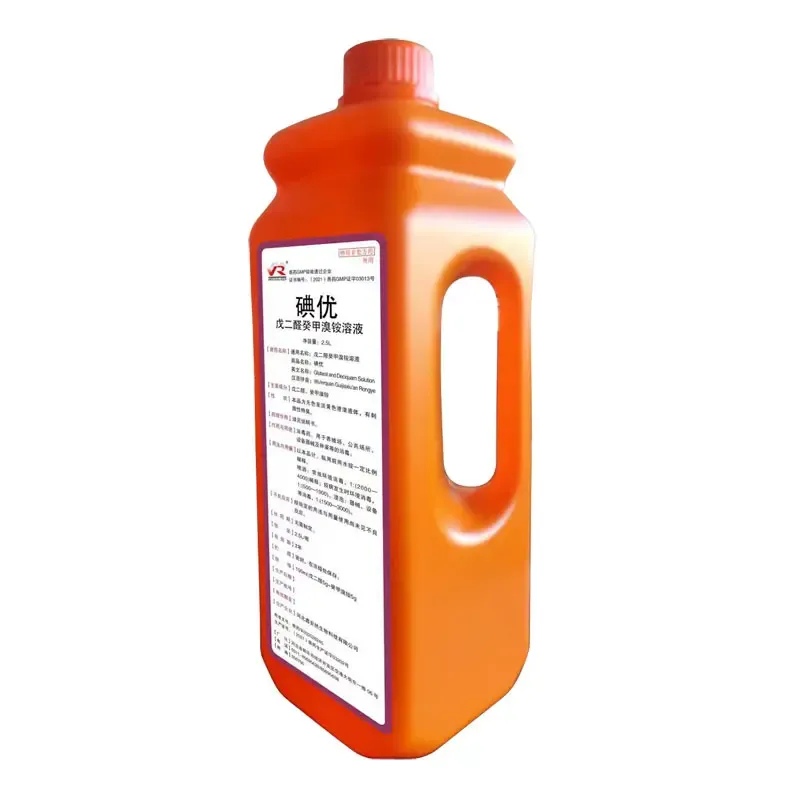- Afrikaans
- Albanian
- Amharic
- Arabic
- Armenian
- Azerbaijani
- Basque
- Belarusian
- Bengali
- Bosnian
- Bulgarian
- Catalan
- Cebuano
- Corsican
- Croatian
- Czech
- Danish
- Dutch
- English
- Esperanto
- Estonian
- Finnish
- French
- Frisian
- Galician
- Georgian
- German
- Greek
- Gujarati
- Haitian Creole
- hausa
- hawaiian
- Hebrew
- Hindi
- Miao
- Hungarian
- Icelandic
- igbo
- Indonesian
- irish
- Italian
- Japanese
- Javanese
- Kannada
- kazakh
- Khmer
- Rwandese
- Korean
- Kurdish
- Kyrgyz
- Lao
- Latin
- Latvian
- Lithuanian
- Luxembourgish
- Macedonian
- Malgashi
- Malay
- Malayalam
- Maltese
- Maori
- Marathi
- Mongolian
- Myanmar
- Nepali
- Norwegian
- Norwegian
- Occitan
- Pashto
- Persian
- Polish
- Portuguese
- Punjabi
- Romanian
- Russian
- Samoan
- Scottish Gaelic
- Serbian
- Sesotho
- Shona
- Sindhi
- Sinhala
- Slovak
- Slovenian
- Somali
- Spanish
- Sundanese
- Swahili
- Swedish
- Tagalog
- Tajik
- Tamil
- Tatar
- Telugu
- Thai
- Turkish
- Turkmen
- Ukrainian
- Urdu
- Uighur
- Uzbek
- Vietnamese
- Welsh
- Bantu
- Yiddish
- Yoruba
- Zulu
10 月 . 02, 2024 05:41 Back to list
Understanding Animal Nutrition and Feeding Practices for Optimal Growth and Health
Animal Nutrition and Feeding A Comprehensive Overview
Animal nutrition and feeding are critical aspects of livestock management and animal husbandry that directly influence the health, growth, reproduction, and overall productivity of animals. Understanding the fundamental principles of animal nutrition can significantly enhance the economic viability of animal production systems.
The Basics of Animal Nutrition
At its core, animal nutrition involves the intake of food and the utilization of nutrients for various biological functions. Nutrients are classified into several categories, including carbohydrates, proteins, fats, vitamins, and minerals. Each of these nutrients plays a unique role in animal health.
- Carbohydrates are vital as they provide energy, which is essential for growth, reproduction, and daily activities. Sources include grains like corn and barley. - Proteins are critical for growth and repair of tissues. They are made up of amino acids, some of which are essential and must be provided through the diet. Common protein sources include soybean meal and fish meal. - Fats are concentrated energy sources and are important for hormone production and nutrient absorption. They should be included in moderation to prevent health issues. - Vitamins are necessary for various metabolic processes, immune function, and overall health. They often need to be supplemented, especially in monogastric animals, which cannot synthesize certain vitamins. - Minerals support bone health, enzyme functions, and nerve signaling. Calcium, phosphorus, and magnesium are key for development and maintenance.
Digestive Systems of Animals
Different species have evolved distinct digestive systems tailored to their dietary needs. For instance, ruminants like cows and sheep possess a complex stomach structure that includes the rumen, allowing them to efficiently break down fibrous plant material through fermentation. In contrast, monogastrics like pigs and poultry have simpler stomachs but require more digestible feed ingredients to meet their nutritional requirements.
Understanding these differences is crucial for formulating effective diets. Ruminants can thrive on high-fiber diets, while monogastrics require more concentrated energy sources. This differentiation plays a significant role in diet formulation and feed management practices.
Nutritional Requirements
animal nutrition and feeding

The nutritional requirements of animals vary based on species, age, sex, production stage, and activity level. For example, growing animals have higher protein needs compared to maintenance diets for adult animals. Similarly, lactating females require increased energy and nutrients to support milk production.
To properly balance these diets, nutritionists often rely on feed formulations based on nutrient analysis. This process requires careful consideration of both the feed ingredients and the animals’ specific needs, ensuring that all essential nutrients are provided in appropriate amounts.
Feeding Practices
Effective feeding practices not only ensure that animals receive balanced nutrition but also contribute to their welfare. Modern feeding strategies incorporate various techniques, such as
1. Total Mixed Ration (TMR) Used primarily for ruminants, TMR involves mixing all feed ingredients into a homogeneous mixture, ensuring that animals receive a balanced diet with each bite. 2. Precision Feeding This approach tailors the diet to individual animals or groups based on their specific needs, often utilizing technology for tracking and monitoring.
3. Alternative Feed Ingredients As global demands rise, exploring non-conventional feed sources such as insects, algae, and agricultural by-products is gaining attention as a sustainable feeding solution.
Conclusion
Animal nutrition and feeding are dynamic fields that evolve with advancements in research, technology, and sustainable practices. Proper nutrition is foundational to animal health, productivity, and welfare. By adhering to scientifically informed feeding strategies, producers can improve the overall efficiency and sustainability of their operations. This, in turn, supports the growing global population's demand for food while minimizing the environmental impact of animal agriculture. The ongoing commitment to improving animal nutrition will ensure healthier animals and more productive farms for years to come.
-
The Power of Radix Isatidis Extract for Your Health and Wellness
NewsOct.29,2024
-
Neomycin Sulfate Soluble Powder: A Versatile Solution for Pet Health
NewsOct.29,2024
-
Lincomycin Hydrochloride Soluble Powder – The Essential Solution
NewsOct.29,2024
-
Garamycin Gentamicin Sulfate for Effective Infection Control
NewsOct.29,2024
-
Doxycycline Hyclate Soluble Powder: Your Antibiotic Needs
NewsOct.29,2024
-
Tilmicosin Premix: The Ultimate Solution for Poultry Health
NewsOct.29,2024













